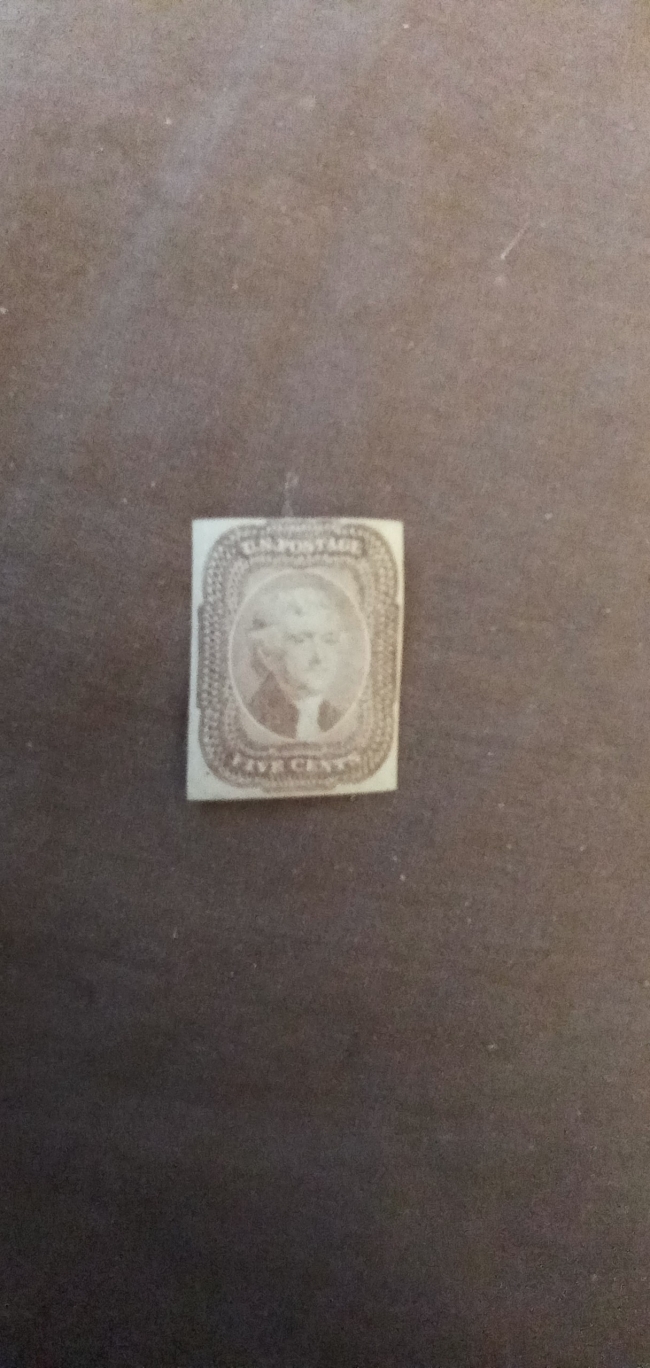Is this #12 Prototype valuable?
I have a stamp that a rare stamp dealer told me was a prototype of Scott #12, not the actual final issue of #12. Since there would have been substantially fewer prototypes made than the actual final issue of that stamp, wouldn't the prototype be worth more than a few hundred dollars? (But not as valuable as an MNH stamp of the actual issue.) If not, why not? This is the best I can do as far as including an image as I'm not very advanced technically. I'd sure appreciate some help with this



Comments
https://www.theswedishtiger.com/12-scotts.html